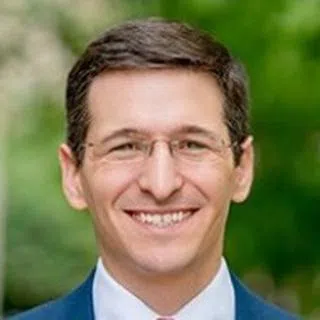Trump’s advisers clash on Asia policy: Who has the president’s ear?
What shape will relations between the US and Asian countries take during Donald Trump’s second presidency, given the various competing factions in his administration? Expect plenty of unpredictability and volatility, says US academic Zack Cooper.
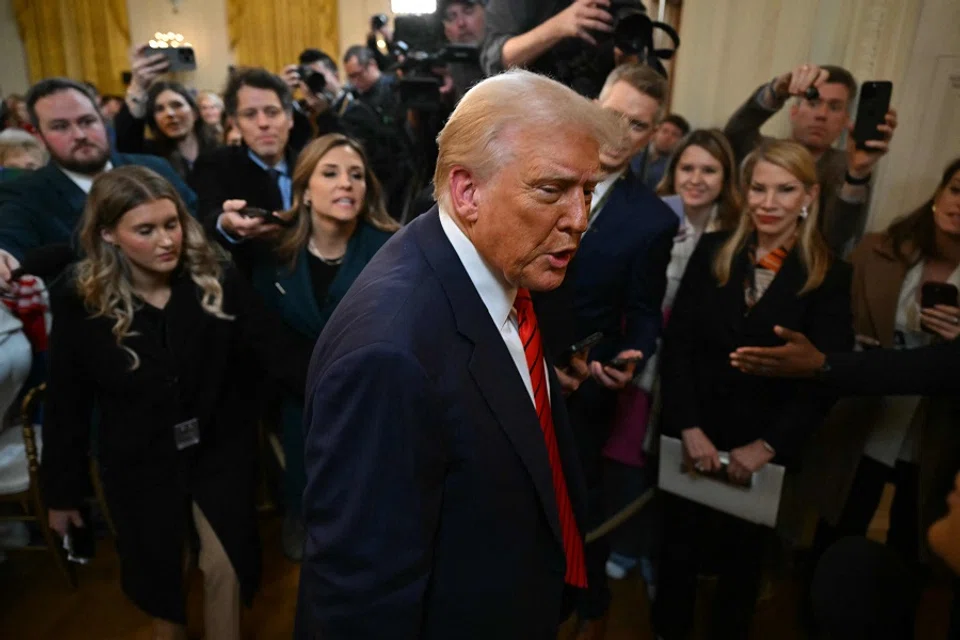
Donald Trump’s return to the White House has triggered a wide-ranging debate in Asian capitals on how best to manage relations with the US. In some countries, such as India, there is confidence and optimism based on the close relationship Narendra Modi built with Trump in his first term. In other locations, such as Taiwan, there is concern based on comments that Trump has made in recent months. Although it is clear that the Trump administration will adopt an America First label, it remains unclear what this will mean in practice.
Primacists vs. restrainers
The second Trump administration will include officials with two very different points of view on US power. One group, headlined by Secretary of State Marco Rubio and national security adviser Mike Waltz, has traditionally advocated efforts to reestablish US global primacy. Another group, exemplified by President Trump and Vice-President JD Vance, appears to prefer a more restrictive approach to international engagement. Both groups will claim that they are pursuing an “America First” strategy of peace through strength, but the implications each has for allies and adversaries are fundamentally different.
The primacists will suggest that the Biden administration’s main problem has been an unwillingness to use American power. They describe Biden’s policies as weak, citing the messy withdrawal from Afghanistan, efforts to restrain Israel, inability to deter Russia’s invasion of Ukraine, and defence spending levels that are unable to address the interrelated challenges posed by China, Russia, Iran and North Korea. Primacists will argue for a major increase in defence spending that would enable the US to take a stronger leadership role in Asia, Europe and the Middle East. They generally acknowledge that US allies must do more, but believe that those allies need time to adjust before they can pick up more responsibility for their regions.
If this term is similar to that of the first Trump administration, then President Trump will alternate between these two positions depending on both the issue at hand and on the advisers who happen to be in the room when he is presented with critical decisions.
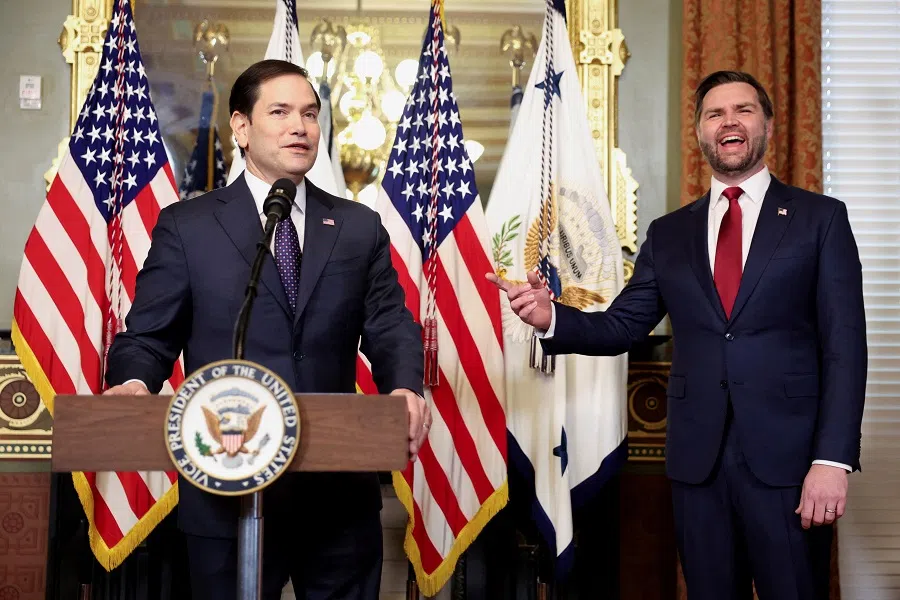
The restrainers, on the other hand, see the US as overextended and recognise the need to pare back these commitments to a more sustainable level. They blame the Biden administration for not prioritising or wielding US power selectively enough. They argue that the US does not have enough resources to be active everywhere, so US allies must step up in lower priority regions. In particular, they suggest that Washington should prioritise homeland defence and the Americas, as well as deterrence of China. This means that NATO must do more to deter Russia while South Korea must do more to deter North Korea. Many in this group support maintaining a presence in the Middle East while devolving some responsibility to Israel and the Gulf States to deter Iran.
The battle between the primacists and restrainers will play out over the next four years. The administration will simultaneously reflect both views, but this will create tensions on key issues such as whether and how to support Ukraine, whether to pull some US forces from Europe and South Korea, whether to support Taiwan, and what level of funding is appropriate for US defence spending.
If this term is similar to that of the first Trump administration, then President Trump will alternate between these two positions depending on both the issue at hand and on the advisers who happen to be in the room when he is presented with critical decisions.
Split on global, China policy
Just as the Trump administration will be divided over how to handle US global engagement, so too will it be split on how to handle international economic engagement, particularly with China. Donald Trump will hear two very different views from his advisers. The national security team will generally advocate for tougher economic policies on China that cut across a range of issues from Taiwan to technology to industrial overcapacity. Many of Trump’s economic advisers, however, will want to avoid a major economic clash with China that could disrupt the American economy or harm US businesses and their stock prices.
Yet informal advisers such as Elon Musk, Stephen Schwarzman, John Paulson and Jeff Yass are all likely to remain influential and will push back against efforts to decouple the two economies.
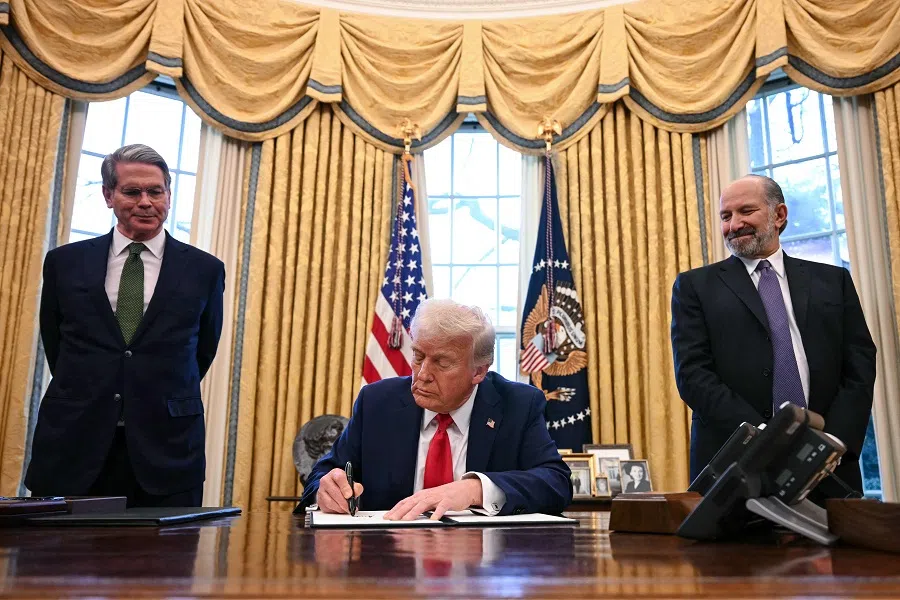
Trump’s top national security and economic officials — most notably Treasury Secretary Scott Bessent and Commerce Secretary Howard Lutnick — have embraced tariffs to force changes in China’s economic behaviour. They are likely to follow Bob Lighthizer’s recommendation to levy tariffs on a wide range of Chinese products (possibly alongside a global tariff as well). They will likely seek a Phase Two Trade Deal, which expands on the arrangement the two sides made during the first Trump administration. Yet the national security hawks would also be perfectly happy if no trade deal comes to pass and Trump enacts even higher tariffs to further decouple the two economies. They will see Washington as having leverage over Beijing given China’s stumbling economy, and therefore support outbound investment restrictions and constraints on specific Chinese companies.
Yet informal advisers such as Elon Musk, Stephen Schwarzman, John Paulson and Jeff Yass are all likely to remain influential and will push back against efforts to decouple the two economies. They will warn of drastic economic consequences from high tariffs and caution that going after individual Chinese companies like ByteDance (owner of TikTok) will have deleterious effects on the US economy. They will insist that true decoupling is neither wise nor possible, and will try to decrease the size of both the yard and the height of the fence in the “small yard, high fence” approach that Washington has taken in recent years. In short, many of Trump’s contacts in the New York finance and business communities will seek to soften the approach recommended by the members of his cabinet.
The result of these competing sets of advisers is that Donald Trump himself will have to make decisions on most critical issues related to Asia.
The conflict between these two groups has already played out in public with Musk criticising Bessent — this discord is likely to worsen when Trump faces tough decisions on how to deal with the Chinese economically. The ultimate result will be a blending of the policies advocated by both sides. The national security and economic hawks will get their tariffs, but the doves will ensure that many companies are able to secure exemptions.
Chinese leaders will appeal to US businesses for help and Chinese companies will use American lobbying firms to limit the damage. As with TikTok, Xi Jinping will sometimes use his influence with Donald Trump to win concessions – this proved successful with Chinese technology company ZTE in the first term. Both groups will remain influential, so neither will be fully satisfied with the Trump administration’s economic policies.
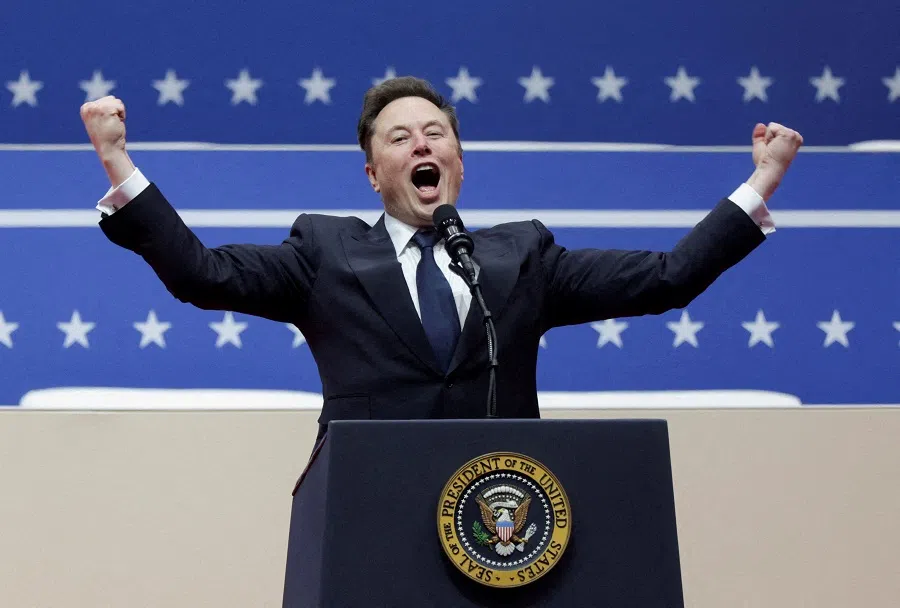
The result of these competing sets of advisers is that Donald Trump himself will have to make decisions on most critical issues related to Asia. He will have to choose how far to go on tariffs and whether to ultimately make a Phase Two Trade Deal with China. He will also have to decide how to prioritise US military deployments to Asia relative to Europe or the Middle East. Therefore, understanding Trump’s own instincts will be vital to assessing his likely policies, but it will also heighten unpredictability. Asian leaders will have to get comfortable with this greater variability and demonstrate agility in dealing with the US over the next four years.
This article was first published as “Security and Economic Tensions in the Second Trump Administration” as a commentary for the East Asian Institute at the National University of Singapore.
